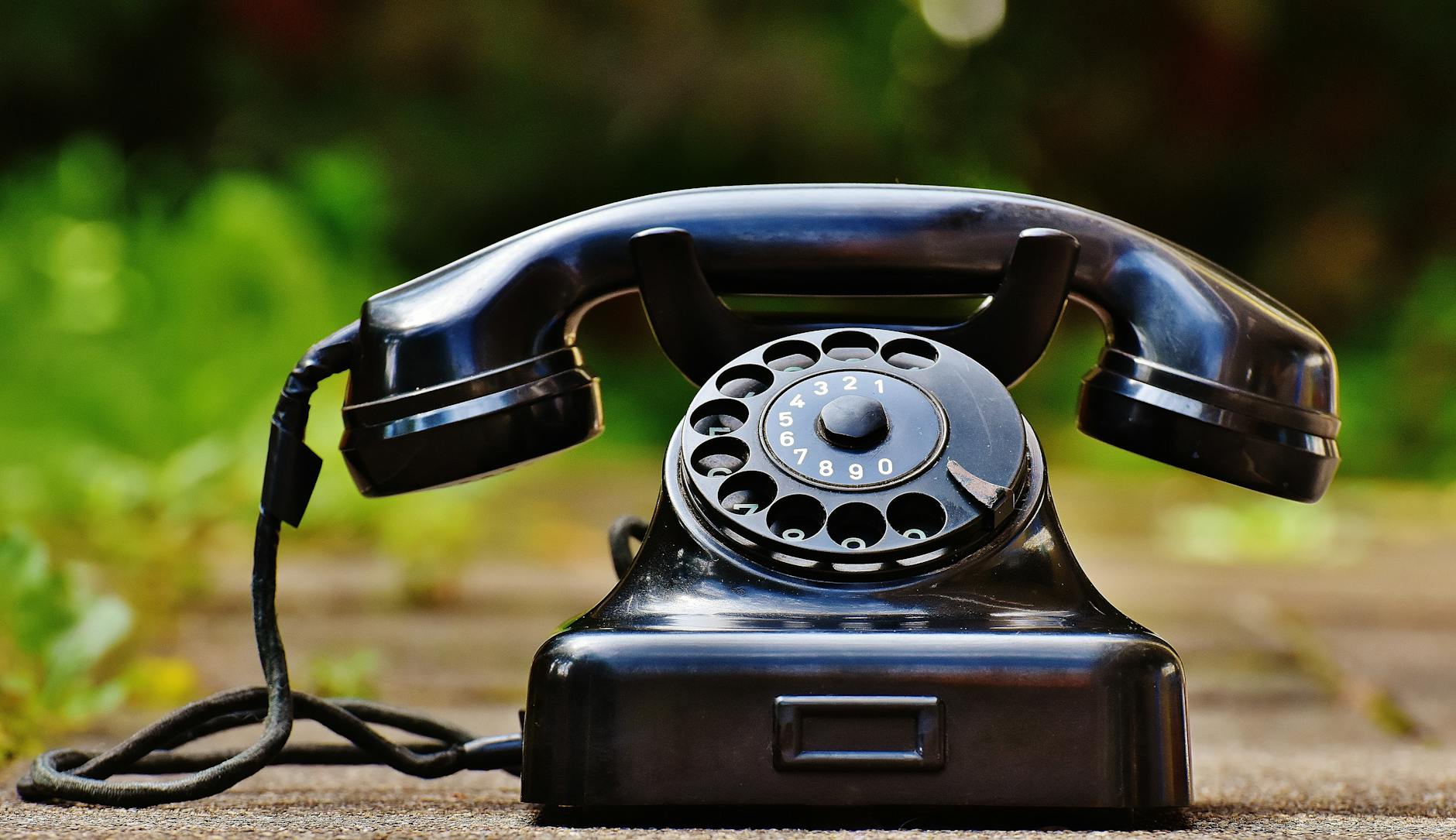How to Use Audio Systems to Improve Educational Outcomes in Australia

Tailoring Audio Systems for Classrooms
Creating effective audio systems in the classroom is vital for enhancing the learning environment. As a principal inspired by insights from professional workshops at UNSW, I focus on integrating key components to foster better educational outcomes. A significant aspect is the use of appropriate acoustic panels. These are crucial for reducing background noise, which can hinder student concentration and participation. By strategically placing these panels, we minimise echo and ensure clarity in speech, offering a distraction-free environment conducive to learning.
Moreover, the strategic implementation of data projectors plays a pivotal role in visual-audio teaching methods. These projectors are invaluable for displaying educational content clearly, allowing students to follow lectures and engage with visual aids seamlessly. The right choice of data projector can complement audio features, enhancing overall pedagogical practices.
Setting up a recording microphone array in classrooms can elevate the educational experience by capturing lectures, enabling revisiting and revising critical topics. It's vital to select microphones with excellent sensitivity and noise-canceling capabilities to ensure high-quality recordings. This approach aligns well with findings from the University of Sydney's educational research centers, underscoring the importance of recording clear and accessible content.
Through tailored audio systems, schools can empower students with enriched learning experiences. Proper implementation guarantees that educational delivery is impactful and accessible to all students.
Enhancing Learning with Acoustics
Designing Soundproof Environments
Creating an optimal learning environment goes beyond just the physical setup; it also involves the art of soundproofing. By implementing soundproof environments, we can significantly reduce external noise, enhancing the educational experience for students. Schools can draw inspiration from successful case studies conducted at the University of Sydney's educational research centres. Soundproofing can involve the use of specialised panels and materials that limit the entry and exit of sound, ensuring that classrooms remain conducive to learning.
Optimizing Reflection and Absorption
Once a classroom is soundproofed, the next step is managing how sound behaves within the room. Reflection and absorption are key components. By strategically placing materials that absorb sound, educators can minimise echo and improve overall acoustics. These techniques are often discussed in professional workshops at UNSW, where educators learn to balance hard and soft surfaces to tailor sound reflections effectively.
Balancing Sound Levels for Clarity
Balancing sound levels is crucial in providing a clear and comprehensible audio experience. Schools can achieve this balance by using high-quality audio equipment and, if needed, incorporate a motorised projector screen for visual enrichment. Fine-tuning these elements helps maintain clarity and ensures all students, regardless of seating position, can hear the lesson clearly. Attending school conferences at the International Convention Centre Sydney can give educators additional insights and practical strategies on how to implement these audio solutions effectively, leaving them empowered to transform their learning environments.
Innovative Audio Teaching Tools
Interactive Soundscapes
At the heart of modern education lies the transformative potential of interactive soundscapes. These immersive audio environments are proving to be invaluable tools for student engagement. Tailored to individual learning styles, they can simulate real-world scenarios or historical events, making abstract concepts tangible. It's essential to harness devices like universal remote systems to customize these soundscapes seamlessly.
3D Audio for Virtual Learning
The integration of 3D audio technology provides a new dimension to virtual learning experiences. By producing sounds from multiple directions, educators can create a sense of presence and immersion, akin to physical classrooms. Inspired by studies from the University of Sydney's educational research centres, educators are appreciating how such technology supports auditory learning by placing students at the centre of an acoustic space.
Personalized Audio Experiences
Implementing personalized audio experiences can cater effectively to the diverse needs of students. Technologies such as paging systems are being adapted for educational purposes, allowing targeted messages or alerts to be delivered directly to students' devices. This method ensures that each student receives relevant information without distraction, a topic frequently explored in professional workshops at UNSW.
As we engage with these innovative tools, we establish environments where every auditory element contributes to enriched learning experiences. In educational forums at the International Convention Centre Sydney, such topics are increasingly discussed, highlighting the transformative role of audio technology in education.
Implementing Audio in Curricula
Sound Design Projects for Students
Incorporating sound design projects within the curricula enables students to explore their creativity and technical skills. With tools like PTZ cameras and various recording devices, educators can facilitate projects that allow students to capture and manipulate audio, honing their artistic vision alongside technical expertise. By participating in workshops similar to those held at UNSW, students can improve their understanding of sound technologies and apply this knowledge to other academic areas.
Audio Analysis in Classroom Settings
Audio analysis can transform the traditional educational experience. By integrating technology such as advanced AV cables and software, schools can provide students with the opportunity to deconstruct and analyse audio clips. This practice fosters critical thinking and auditory comprehension, skills essential for future success. Engaging in professional workshops at the University of Sydney's educational research centers can provide valuable insights into the latest analysis techniques.
Storytelling with Sound in Education
Sound is a powerful storytelling tool, offering dynamic ways to engage students and enhance the learning process. Implementing audio-based storytelling in classrooms encourages students to express ideas and collaborate. By drawing inspiration from school conferences at the International Convention Centre Sydney, educational leaders can garner innovative ideas for developing curricula that seamlessly integrate storytelling projects.
Best Practices for Audio Integration
Routine System Upkeep
It's essential to emphasise the importance of regular system maintenance to keep our audio systems functioning at their peak. We draw inspiration from the University of Sydney's educational research centers, which stress the vital role of consistent and preventative checks. Develop a maintenance schedule that aligns with recommendations from professional workshops at UNSW. This includes routine inspections, timely software updates, and periodic calibration of equipment to ensure an optimal audio environment for both students and educators.
Professional Development for Educators
Empowering our teachers with the necessary skills to utilise audio tools effectively is crucial. Attending professional development seminars, such as those held at school conferences at the International Convention Centre Sydney, can provide invaluable insights and hands-on experience. Strategies for teacher training should include creating specialised workshops focused on wireless sound system for classroom use and practical exercises in live classroom scenarios. Facilitating peer-led sessions can also foster a collaborative atmosphere of learning and growth among educators.
Assessing the Impact on Learning
Evaluating the educational impact of audio integration is a part of our responsibility. We look towards methods perfected by University of Sydney's researchers to guide our evaluation strategies. Regular feedback loops involving students and teachers are crucial. Use surveys, observation, and academic performance data to measure how tools like classroom radio system and multi classroom sound system enhance student engagement and comprehension. Adapt and refine these strategies as new technologies emerge, ensuring we continue to bolster educational outcomes.


